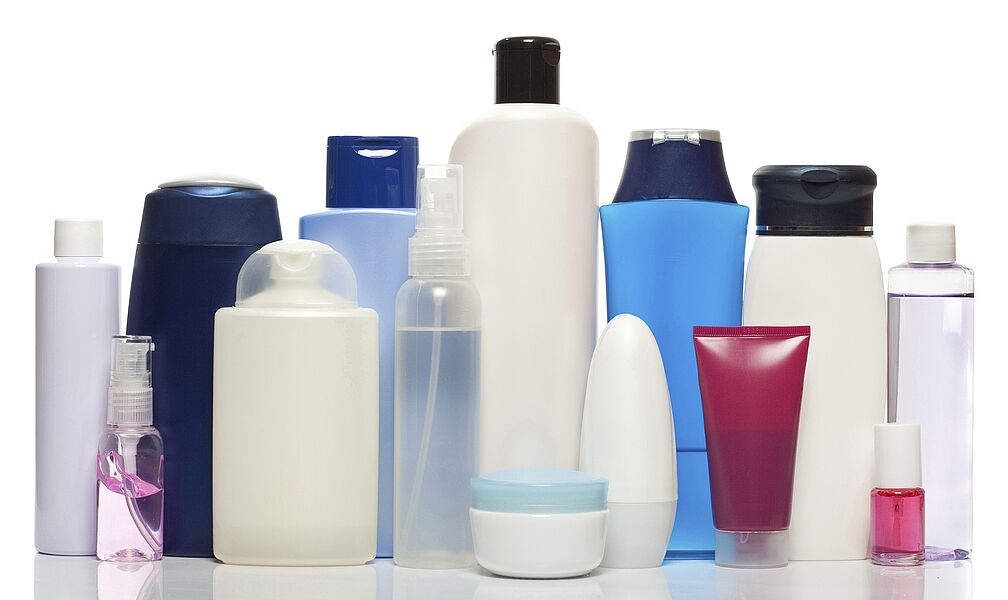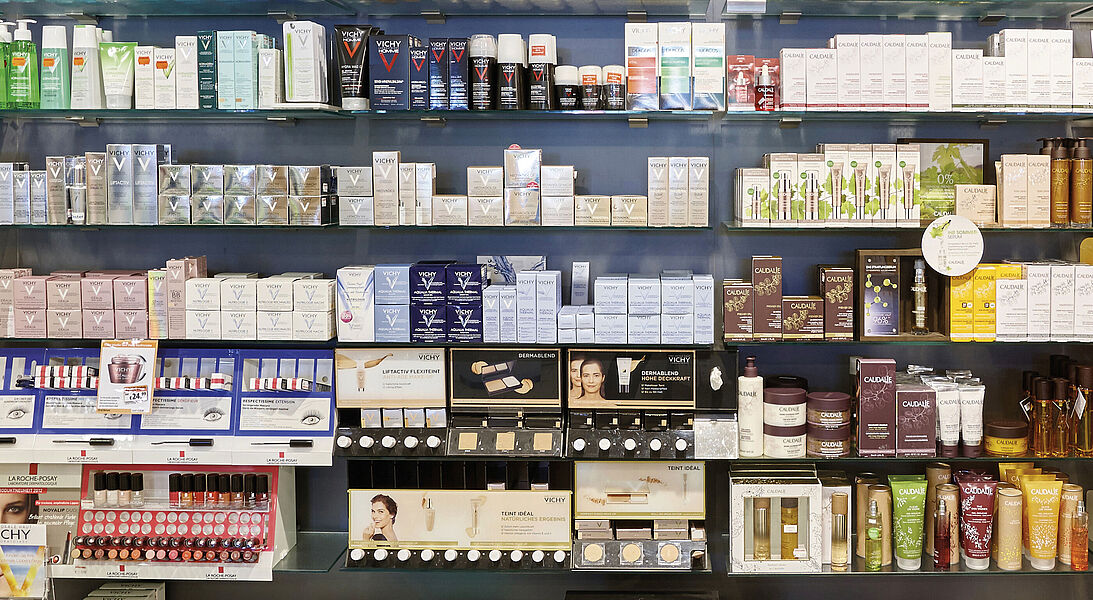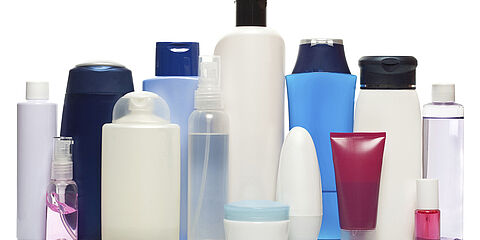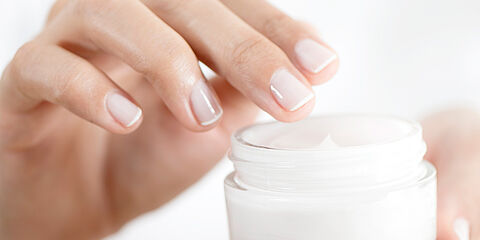Cosmetic products significant amendments and innovations in ordinances or regulations
Cosmetic products
Significant amendments and innovations in ordinances or regulations
Our cosmetics experts provide information on innovations or amendments in laws and regulations relating to cosmetics.
Update: Ricinine - criteria for castor oil for use in cosmetics

As reported before, purity criteria of castor oil are becoming a focus of the cosmetics industry. The Commission for Cosmetic Products of the German Federal Institute for Risk Assessment (BfR) has been dealing with this question for some time.
In addition to the widely known highly toxic ricin, which can be inactivated by applying heat, this question also involves heat-stable ricinine. The known manufacturing processes do not reduce the ricinine content. Toxicological data available to date are still not sufficient for a final assessment of castor oil as an impurity. On this basis, the BfR Commission recommends measuring the ricin content in the raw material and minimising it if necessary, even if there are currently no indications of a health hazard for the consumer.
Our cosmetics experts at WESSLING will be happy to assist you in determining both the ricinine content and the ricin content in cosmetic products and their raw materials.
More detailed information from the Commission for Cosmetic Products of the BfR can be found here here.
SCCS statement on salicylic acid
Revision of chemical classification: salicylic acid (CAS number 69-72-7) is classified as toxic to reproduction category 2 in the latest amendment to the CLP Regulation (EC) 1272/2008. Regulations for use in cosmetic products are defined in Annex III and V of the Cosmetics Regulation (EC) 1223/2009. According to Art. 15 (1) of the Cosmetics Regulation, the use of CMR substances of category II is prohibited. "However, a substance classified in category 2 may be used in cosmetic products if it has been evaluated by the SCCS and found safe for use in cosmetic products.” In the present statement, the SCCS (Scientific Committee on Consumer Safety) regards salicylic acid as safe if used as a preservative with a concentration of up to 0.5 percent in the cosmetic product. For purposes other than preservation, 3 percent is considered safe for hair products (rinse-off products) and up to 2 percent for other products. However, the statement excludes oral products, such as toothpaste or mouthwash, and sprayable products that may enter the lungs through inhalation. The complete statement can be found here.
Further regulations for the preservative 2-hydroxybiphenyl and its salts

In Annex V (Entry 7) of the Cosmetics Regulation (EC) No. 1223/2009, 2-hydroxybiphenyl and its salts, INCI designations o-phenylphenol, MEA o-phenylphenate, potassium o-phenylphenate and sodium o-phenylphenate are regulated as preservatives with a maximum concentration of 0.2 percent in the ready-to-use preparation.
The Scientific Committee on Consumer Safety of the SCCS concluded that o-phenylphenol, with a maximum concentration of 0.2 per cent in leave-on products (products remaining on the skin/hair), is of concern. However, 0.15 per cent is considered safe. In rinse-off products, a maximum concentration of 0.2 percent is considered safe. O-phenylphenol could also have the potential to damage the visual system.
Furthermore, it was concluded for the salts MEA o-phenylphenate, potassium o-phenylphenate and sodium o-phenylphenate that they could potentially have a greater toxic effect than o-phenylphenol due to a stronger skin penetration. Thus, a potential risk to human health from these salts could not be excluded.
On this basis, a draft amendment was drawn up in which the following restrictions or prohibitions were laid down:
- O-phenyphenol in rinse-off products: 0.2 percent (as phenol); warning: "Avoid contact with eyes".
- O-phenyphenol in leave-on products: 0.15 percent (as phenol); warning: "Avoid contact with eyes".
- Salts MEA o-phenylphenate, potassium o-phenylphenate and sodium o-phenylphenate should not be permitted for use in cosmetic products.
A transitional period of six months shall be granted for placing on the market and nine months for making non-compliant products available on the Union market.
Here you can find the draft of the amendment regulation and the annex.
Restrictions for marigold extracts

Extracts and oils from Tagetes erecta, Tagetes minuta and Tagetes patula are used in numerous perfume fragrances. Based on the statements of the Scientific Committee on Consumer Safety of the SCCS, a maximum concentration of 0.1 percent for extracts and oils of Tagetes minuta and Tagetes patula in the ready-to-use preparation was set for rinse-off products. For leave-on products, a maximum concentration of 0.01 percent was specified for the extracts and oils mentioned. The content of alpha-terthienyl (terthiophene) in the extract or oil must not exceed 0.35 percent. In addition, the ingredients may not be used in sunscreen products or in products marketed for exposure to natural or artificial UV radiation. Furthermore, there is a potential risk to human health from the use of extracts and oils from the flowers of Tagetes erecta, which are therefore now included in Annex II.
There is a transitional period, until 30 April 2019, for placing on the market and until 31 July 2019 for making non-compliant products available on the Union market.
The amendment regulation in its exact wording can be viewed here.
Serious and undesirable effects in cosmetics: new BVL publication for consumers
As for medicinal products, the obligation to report side-effects and undesirable effects also applies to cosmetic products. According to Art. 23 of the Cosmetics Regulation (EC) 1223/2009, serious undesirable effects must be reported immediately to the responsible authority of the Member State. Despite the fact that side effects in cosmetic products are often not taken seriously, they can have serious effects. The website of the German Federal Ministry of Consumer Protection and Food Safety (BVL) now provides consumers, interested groups and companies with comprehensive information on this topic. In addition to a flyer, this also includes a checklist showing which information is required to report undesired effects of cosmetic products. Click here to go directly to the BVL flyer.
Your contact person to our cosmetic experts
- Marc von Essen
- +49 2505 89-633
- cosmetics@wessling.de




